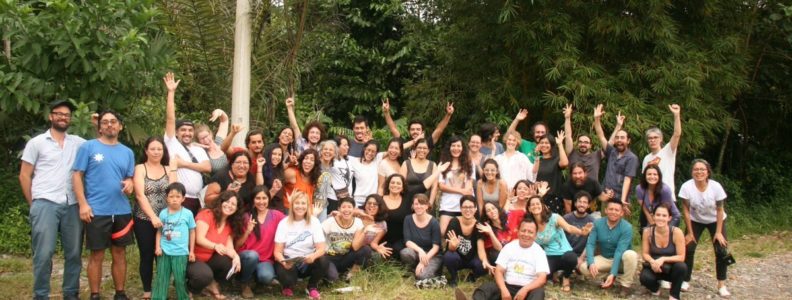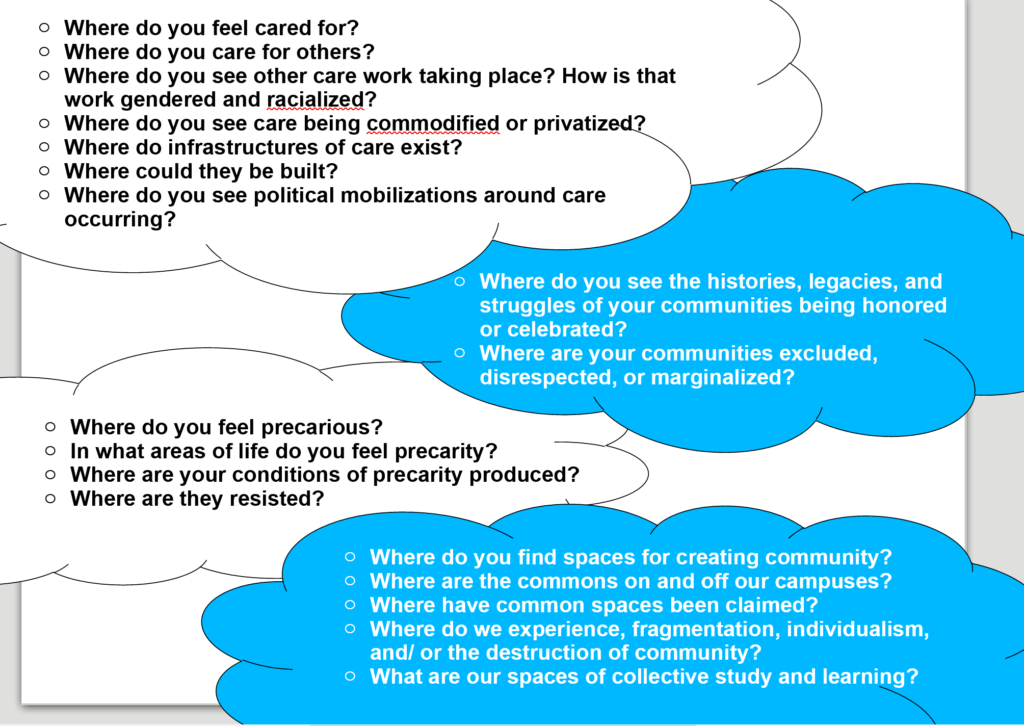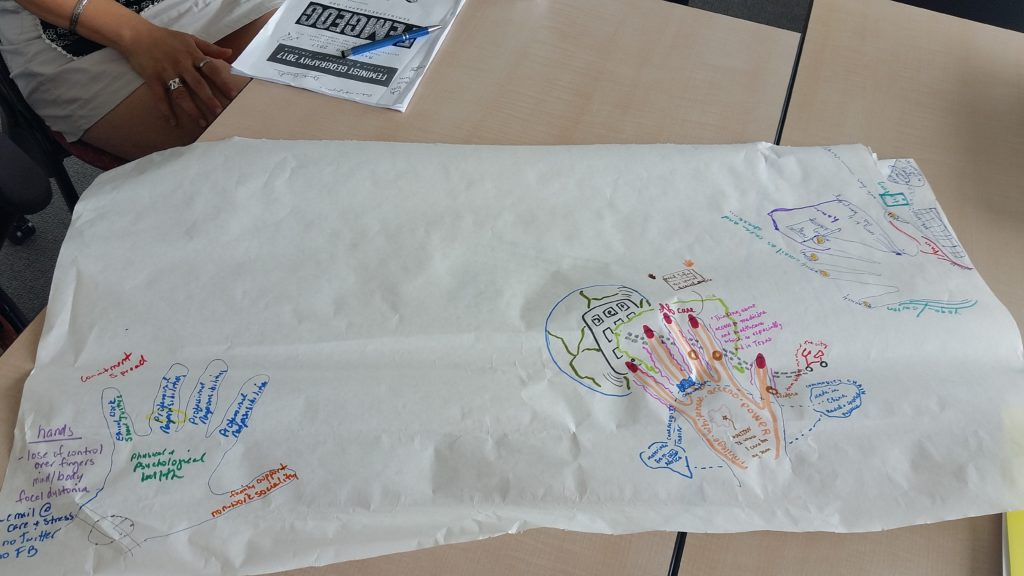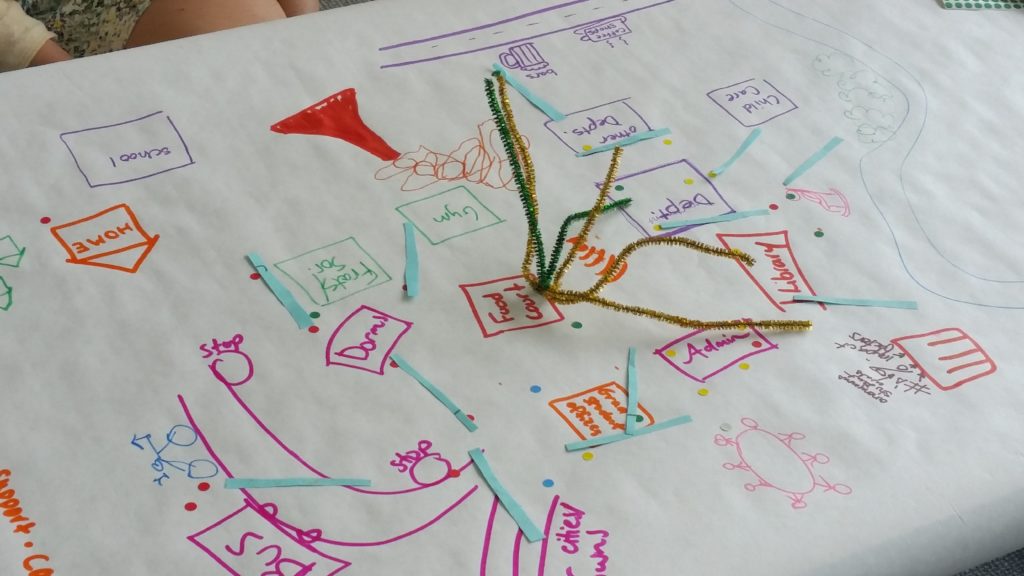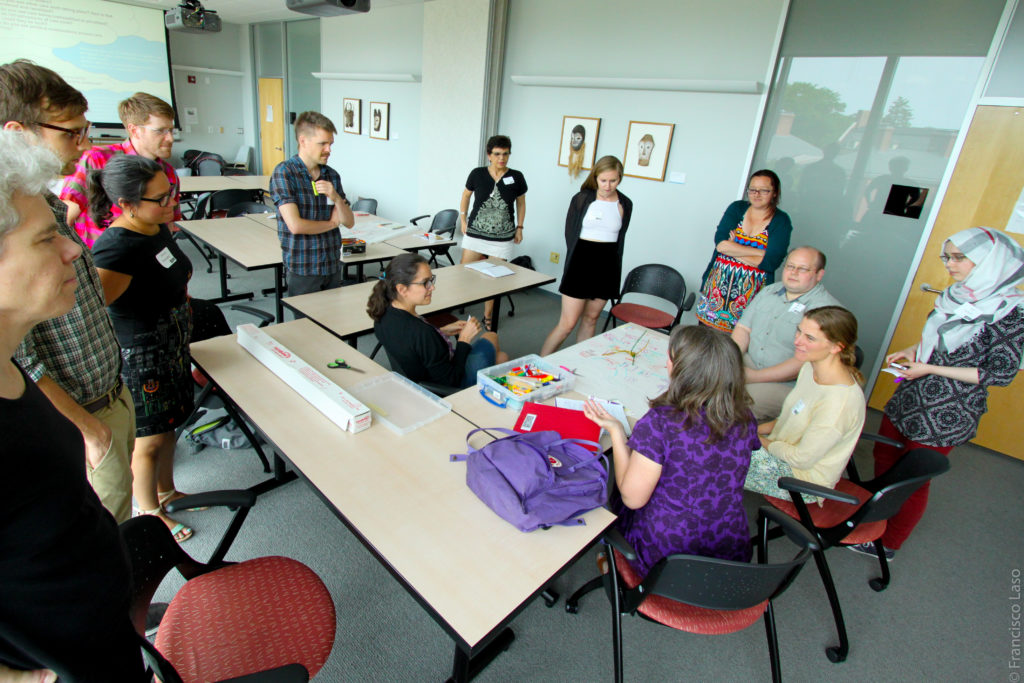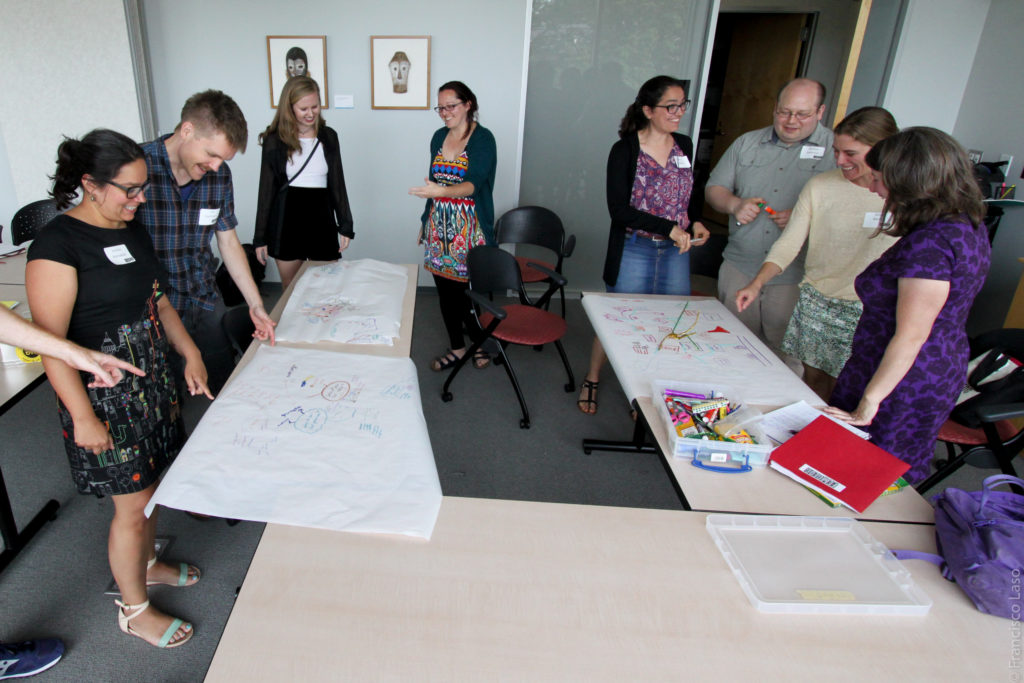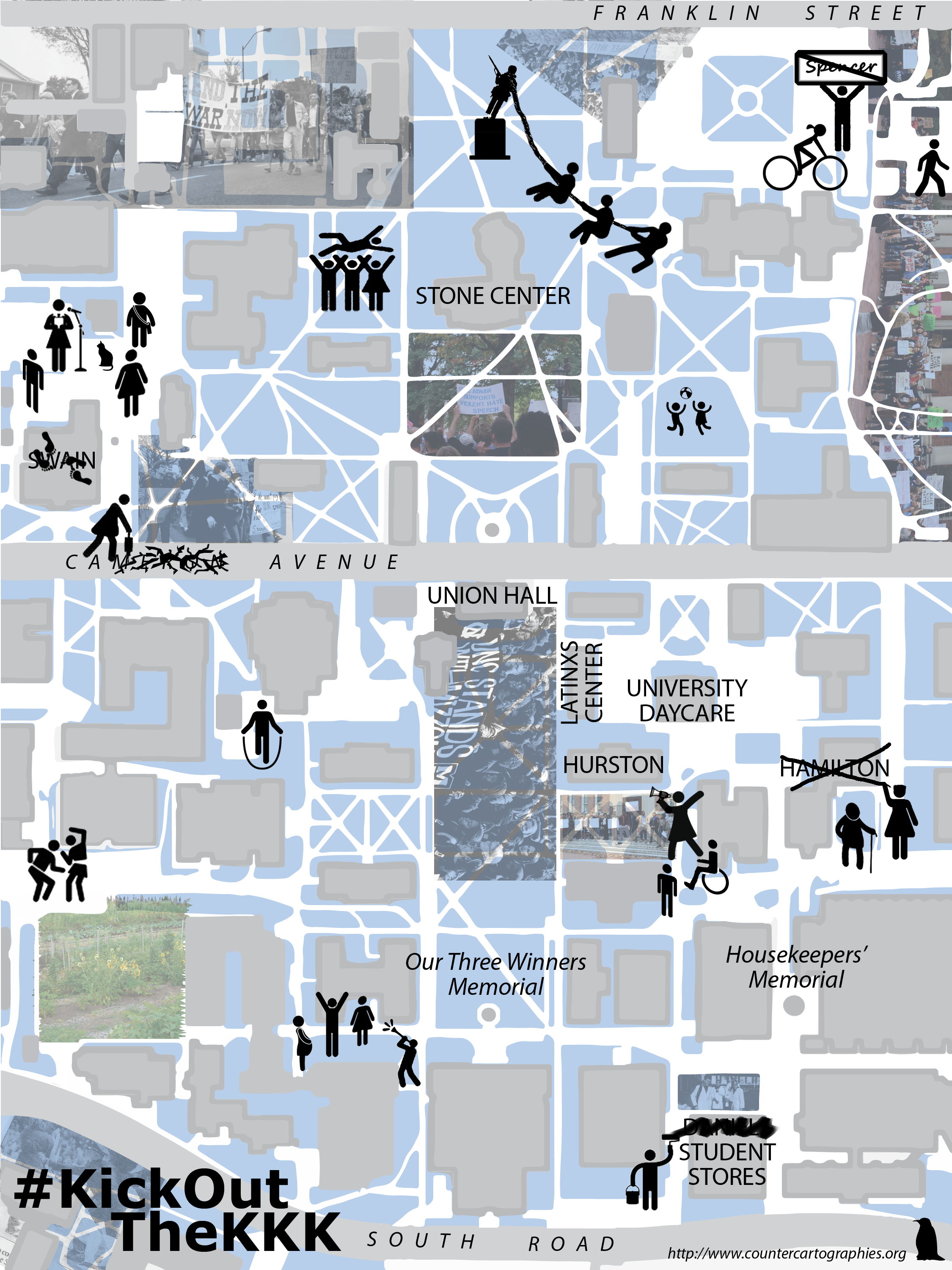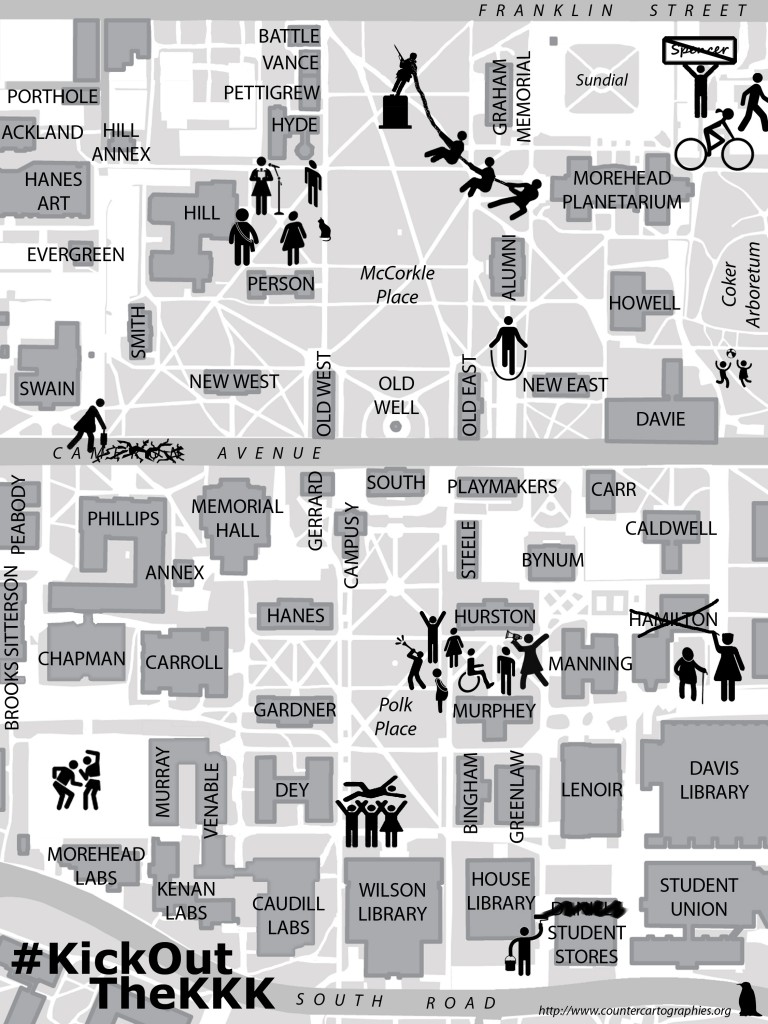3Cs participated in the Encounter of Critical and Autonomous Geographies of Latin America in Ecuador earlier this month where we had the immense pleasure of meeting and learning from other geography and counter-mapping collectives from across the continent. We’ll share more about the encuentro soon, but first we share the collectively written statement that came out of the meeting and that was read in the Encounter of Latin American Geographers in Quito on April 12 (español abajo).
We recognize Latin America as a geography that has been and that continues to be marked by material, epistemological, cultural, symbolic, and gendered coloniality, which continually dispossess peoples of their territories, knowledges, and feelings; and that has impacted our way of understanding our living spaces.
As critical and autonomous collectives that are building plural geographies from and in solidarity with Latin America, in the current context of the advance of racism, fascism, neoliberal capitalism, sexism, and the criminalization of protest,
We reject:
Theoretical and applied neoliberal geography that provides the conceptual and technological tools for the commercialization of education and the dispossession of common goods and knowledges.
Geography that justifies and reinforces the advance of fascism, xenophobia, and colonialism through geographical determinism, ethnocentrism, centralism, and methodological nationalism.
Continue reading
